How does climbing the tallest free-standing mountain and highest peak in Africa sound? Crazy? Adventurous? Many people want to travel to Tanzania to climb Kilimanjaro, but at a whopping 19341ft above sea level this bucket list hike is a bit of a challenge, and not every hiker will be able to get to the summit of Uhuru Peak.
Climbing Kilimanjaro is a challenge and a half to accomplish, but there is a great sense of satisfaction and achievement waiting for all those who reach the top. However, preparation is key, and some advance planning for your Kilimanjaro hike is a must!
Here’s all the essential information, including frequently asked questions, for climbing Mount Kilimanjaro.
Table of contents
Kilimanjaro Trek
Kilimanjaro Routes
How Hard is it to Climb Kilimanjaro
Best Time to Climb Kilimanjaro
How to Pick the Best Tour Company When Climbing Kilimanjaro
How to Prepare for Kilimanjaro
What to Pack for a Kilimanjaro Trek
Frequently Asked Questions About Kilimanjaro
Kilimanjaro Article Series
Kilimanjaro Trek
Whether you are a novice hiker or an advanced trekker, there’s an amazing Kilimanjaro trek that will suit your skill level. There are six to seven predominant Kilimanjaro trekking routes, which we’ll discuss in more detail below.
Climbing Kilimanjaro, the highest mountain in Africa, is a bucket list activity for most keen hikers. The highest peak in Africa is also the largest freestanding mountain on earth, which makes climbing to the top a truly unique experience. The Kilimanjaro summit is crowned with a perpetual layer of snow, but to get to the top you’ll pass through five distinct climate zones, including cultivated land, forest, heather/moorland, alpine desert, and finally, the Kilimanjaro summit zone. This makes the hike to the top one of the most varied and rewarding treks you’ll ever do.
There is no shortage of fabulous views along the Kilimanjaro trek. In particular, the Great Barranco Valley offers an other-worldly vista, complete with twisted, alien-looking plants, tumbling waterfalls, and incredible views of the glaciers further up the mountain. As you rise higher and higher you may even ascend above the clouds, providing fabulous photo opportunities, especially at sunrise and sunset. The gorgeous glaciers near Crater Camp will transport you to another world entirely, one where ice and rock dominate the landscapes. Finally, the real joy of summiting Kilimanjaro lies in finally getting to the top, and experiencing the incredible vista from the “Roof of Africa”, Uhuru Peak.
There are no words to describe the feeling you’ll get after successfully summiting Kilimanjaro. This epic adventure is a must for nature lovers and keen hikers, and although it’s a challenge, it’s a manageable feat for most fit and healthy walkers. There are hardly any other treks on earth that will take you so high without requiring specialist equipment or climbing skills, and that will transport you through such varied, diverse and interesting terrain.
Now, here are some of the most popular Kilimanjaro routes to choose from.
Kilimanjaro Routes
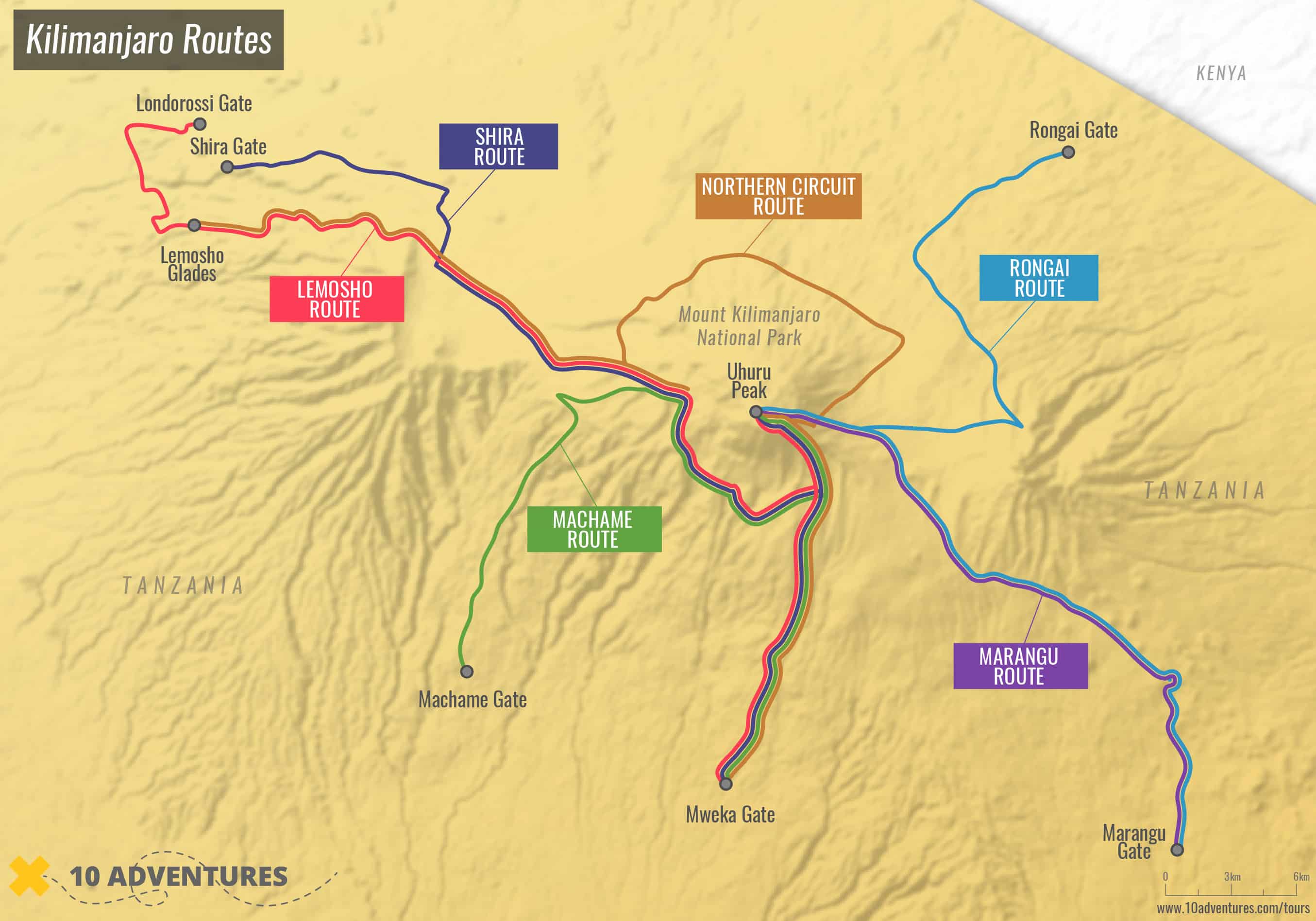
Machame Route
Arguably the most popular route leading to the summit of Mount Kilimanjaro, the Machame Route – or Whiskey Route – offers a great mixture of challenging terrain and breathtaking scenery. Sometimes completed in 6 days by eager adventurers, the 7-day Machame Trek is preferable to allow for extra acclimatization to the high altitude along the trail.
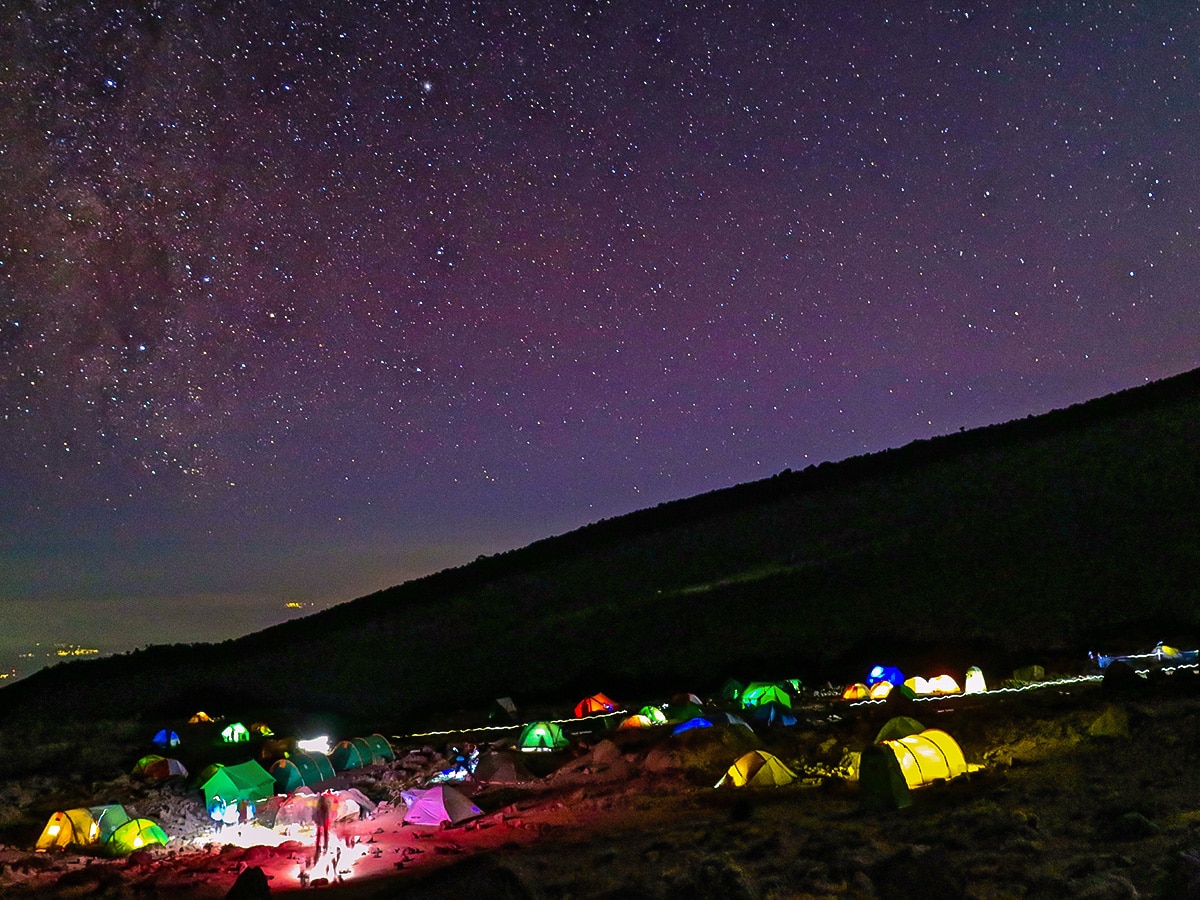
Lemosho Route
One of the newest Mount Kilimanjaro trails, the Lemosho Route is a bit less-traveled, although we anticipate that the lighter foot traffic won’t last for long! This amazing 8-day trek features gorgeous views and a longer time frame that allows for extra acclimatization, making it a welcomed addition to the roster of routes leading up the mountain.
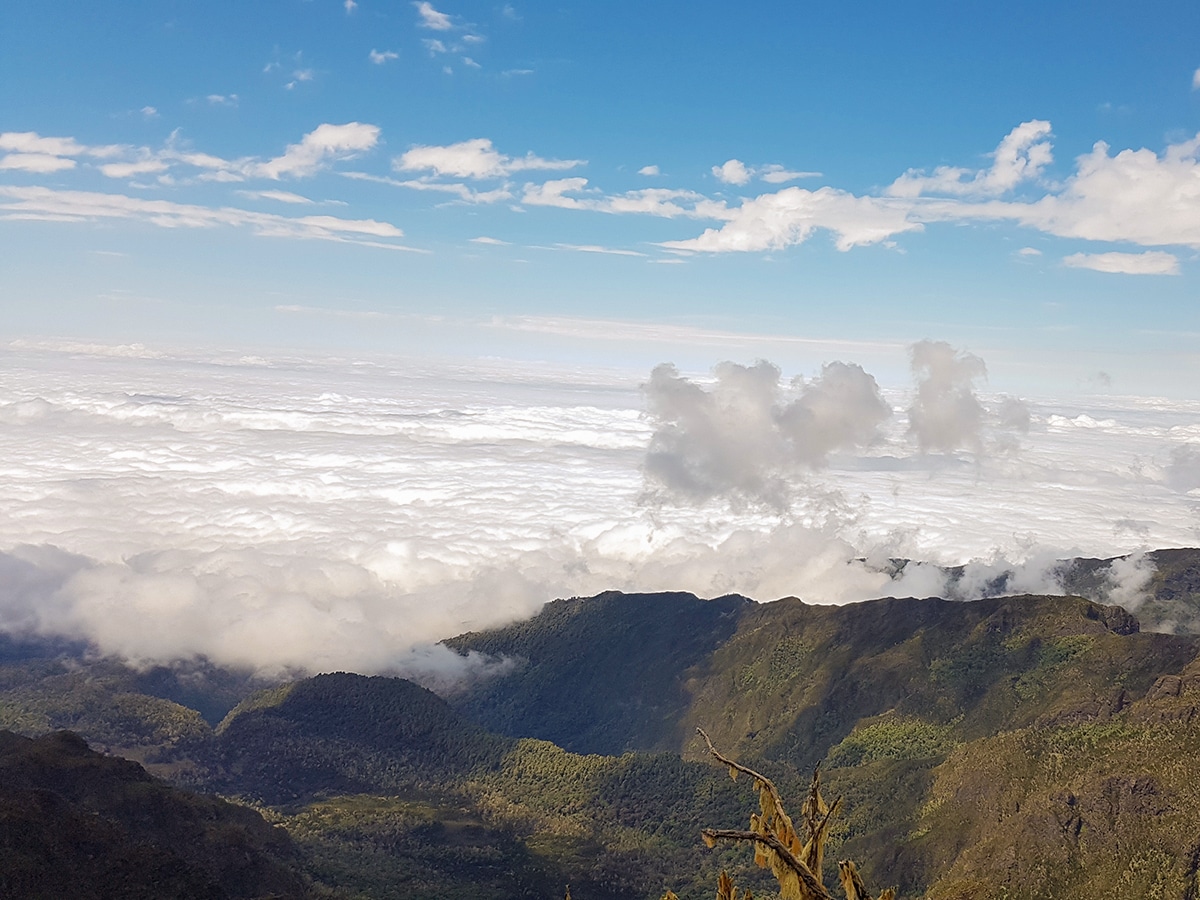
Shira Route
A bit older than some of the other Kilimanjaro routes, the Shira Route features a high elevation starting point, meaning acclimatization can be a bit tricky. This trek actually shares a lot of similarities with the above mentioned Lemosho Route, largely due to the fact that the Lemosho is an improved-upon version of Shira. In any case, those who want to experience a less-busy trail and don’t mind the high altitude start will find this route to be every bit as scenic.
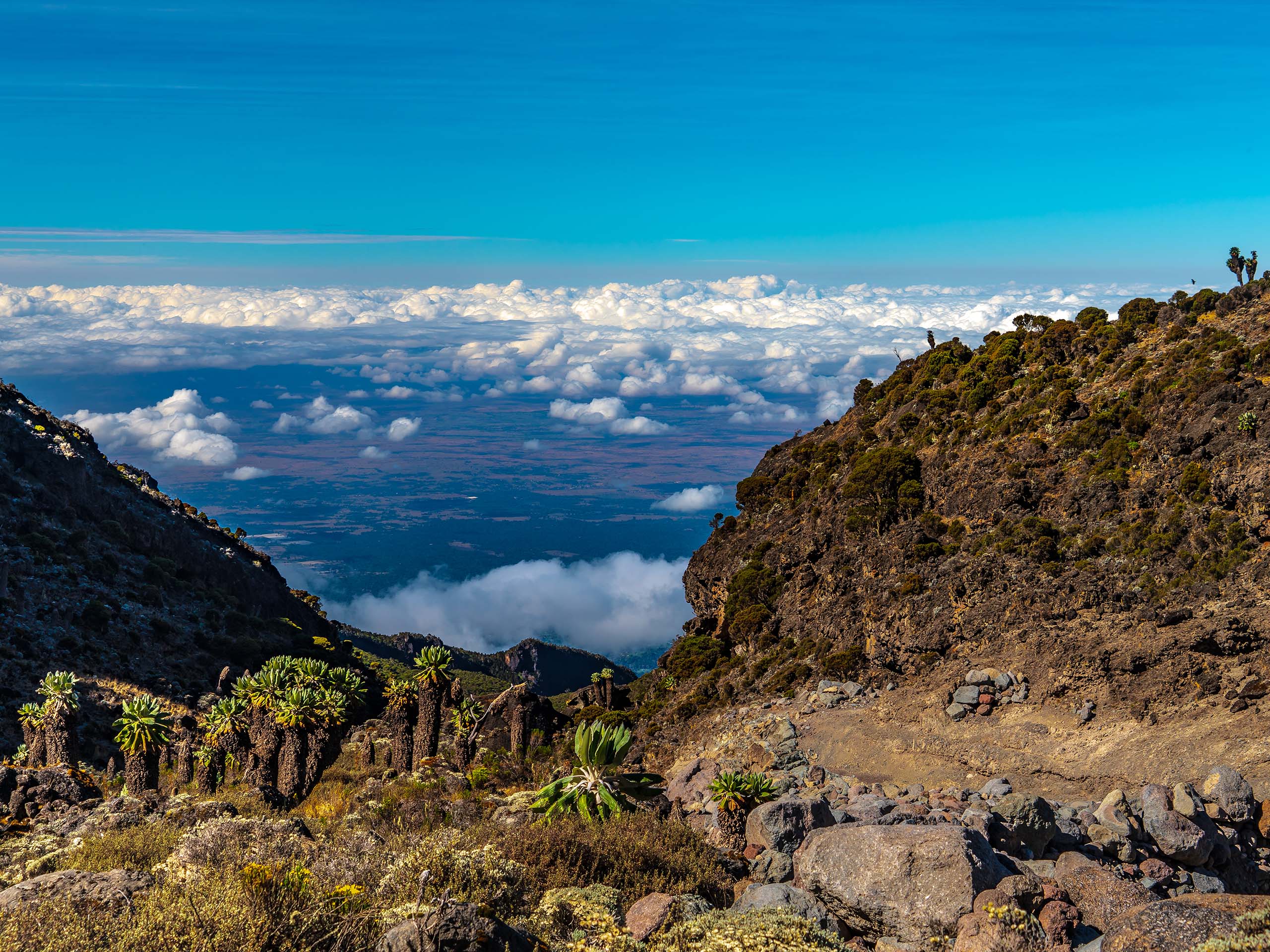
Rongai Route
As the only trail to approach the summit of Mount Kilimanjaro from the north, the Rongai Route is a more secluded adventure for those wanting to get off the beaten path. Featuring a steady uphill climb and long acclimatization period, this remote 7-day trek is perfect for those who want to move at a slower pace.
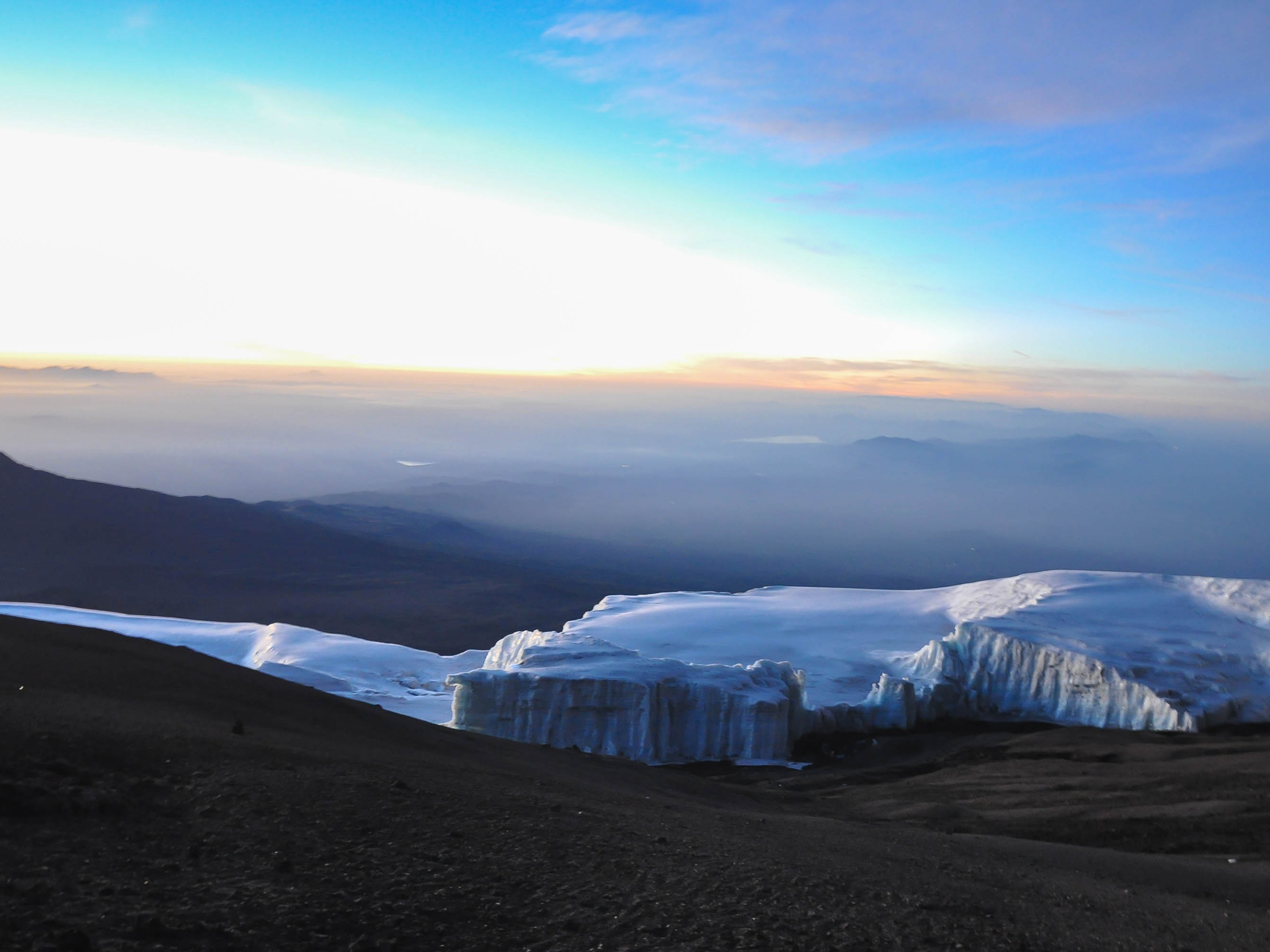
Northern Circuit Route
The longest and newest of the trails leading up Mount Kilimanjaro, the Northern Circuit Route combines some of the iconic scenery of the Lemosho Route with remote paths on the northern side of the mountain. This unforgettable 9-day trek features a long acclimatization period, world class views, and a bit more seclusion on the trail, making it one of the better summit routes in our opinion.
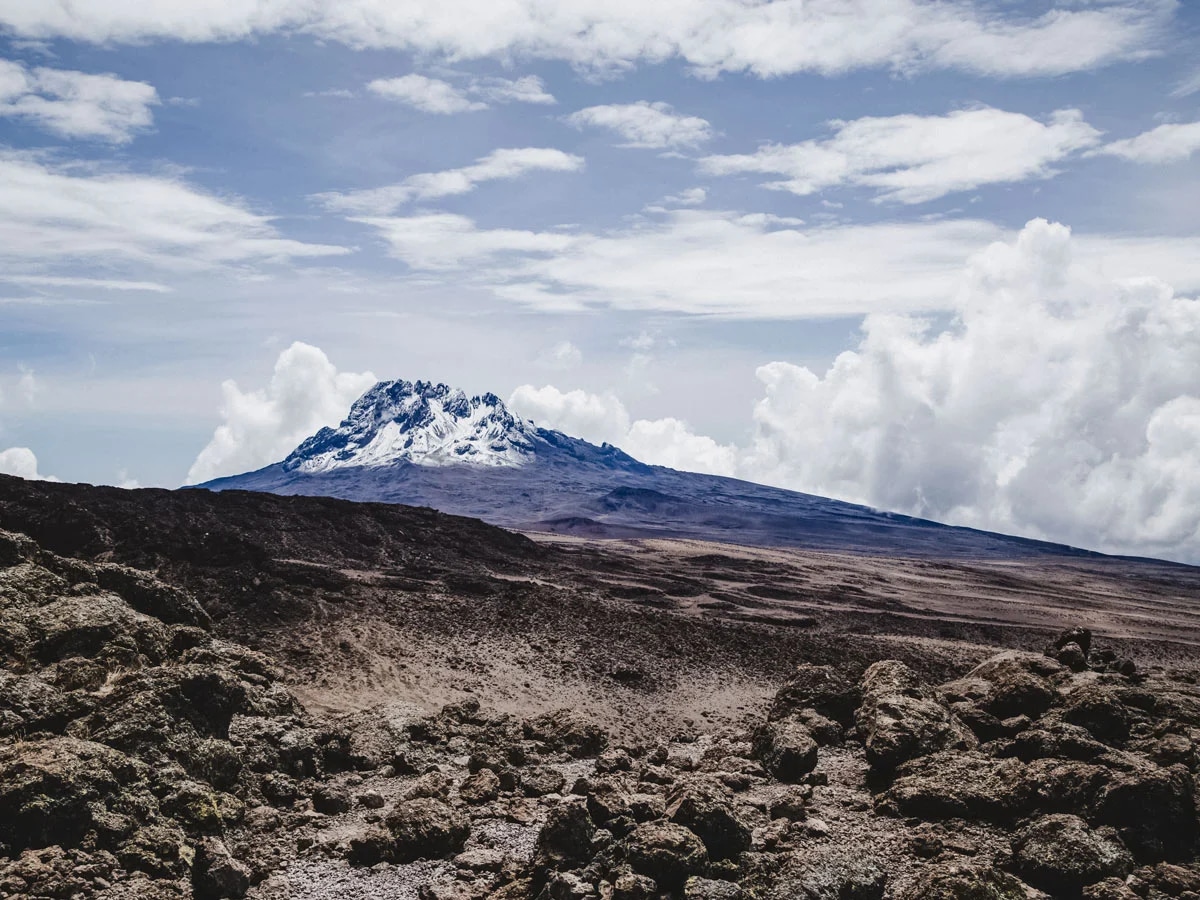
Marangu Route
Also known as the “Coca-Cola route”, the Marangu Route is well-known for providing a bit more comfort on the journey up to the summit of Mount Kilimanjaro, due largely to the fact that adventurers sleep in permanent huts instead of tents. So if you are looking to reach the roof of Africa without spending chilly nights outdoors, the Mount Kilimanjaro Marangu Trek might just be the best option for you to explore.
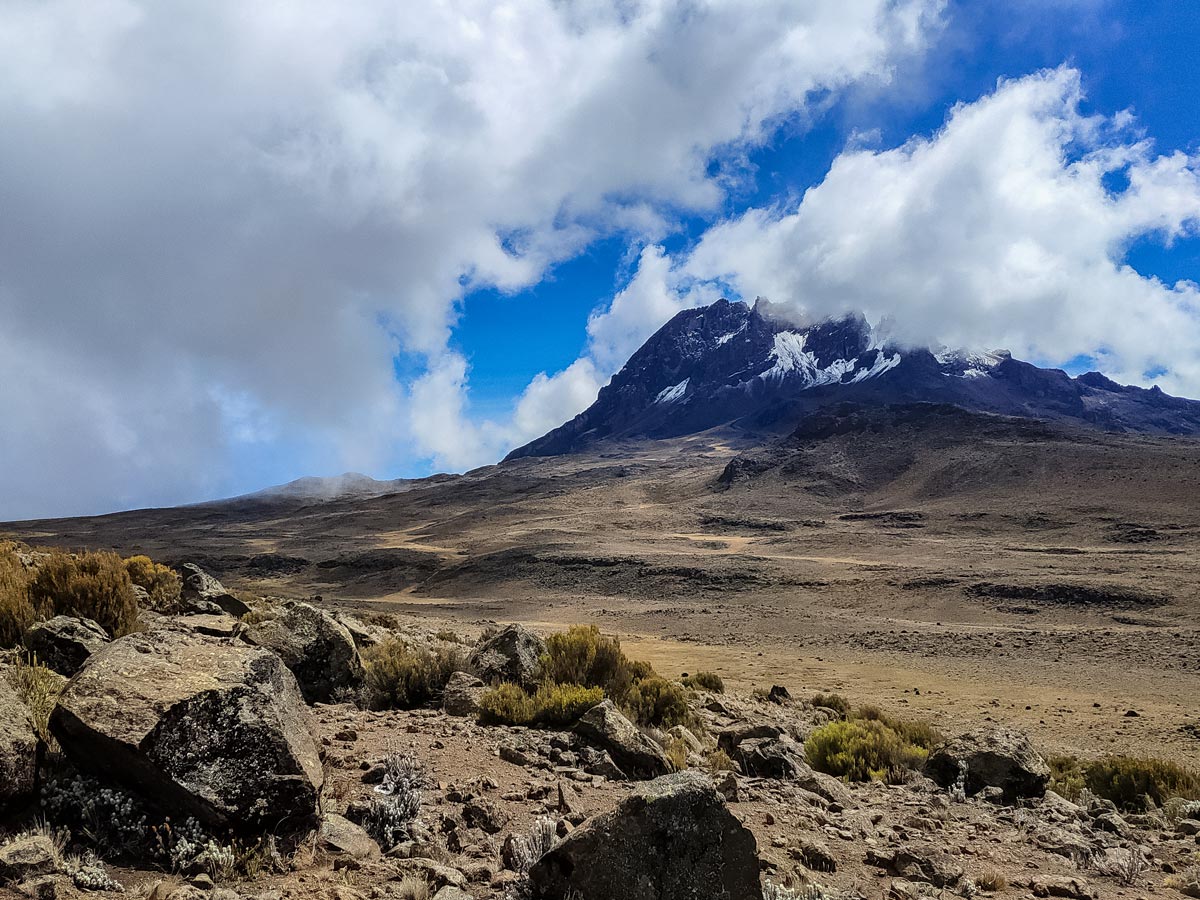
Western Breach via Umbwe Route
The Western Breach via Umbwe Route is known to be the most challenging and dangerous of all the Mount Kilimanjaro routes, largely due to the terrain that it traverses. Along this trail, climbers will trek below melting ice and the constant threat of rockfalls, which adds to the danger – and allure – of the route. After a number of fatalities and a period of closure, the Western Breach via Umbwe Route is now open to experienced alpinists.
How Hard is it to Climb Kilimanjaro
As mentioned above, Mount Kilimanjaro is both the tallest point in Africa and the tallest free-standing peak in the world, yet many people still seem to be under the impression that summiting this iconic mountain is an easy feat.
While it may be a more gradual and steady uphill climb than some of the other Seven Summits, a Mount Kilimanjaro summit trek is still a challenging excursion in its own right, which is reinforced by the fact that only about 65-70% of all climbers (across all routes) reach the top. Additionally, out of all the climbers who attempt the feat each year, there are about 10 fatalities, meaning that Mount Kilimanjaro is not only a difficult climb, but potentially a dangerous one if you are not sufficiently prepared.
The main factor that makes climbing Kili so difficult is the altitude. In order to reach the summit at 19341ft above sea level, climbers need to be well prepared, both in terms of their physical fitness and acclimatization. Without a proper training regimen and acclimatization schedule, your chances of reaching the summit will drastically diminish, so if you plan on undertaking the journey make sure that you fully understand how hard it is to climb Mount Kilimanjaro and prepare accordingly.
Best Time to Climb Kilimanjaro
It’s possible to climb Kilimanjaro at any time of year, as its proximity to the Equator means that the temperature doesn’t fluctuate too dramatically over the seasons, but even so, you may be wondering when is the best time to make a Kilimanjaro summit attempt? In general, it’s best to climb Kilimanjaro when the weather is dry, as precipitation can lead to muddy, slippery, and snowy conditions on the mountain. This means that it’s best to avoid the rainy season from late March to early June.
The best time to climb Kilimanjaro is between January and March. You’ll experience mild temperatures, fairly clear skies, and only the occasional rain shower during the day. Alternatively, plan your trip between July and October. The temperatures at this time can be quite cold, especially at the summit, but you’ll experience very clear skies and may even have a chance to catch the great wildebeest migration!
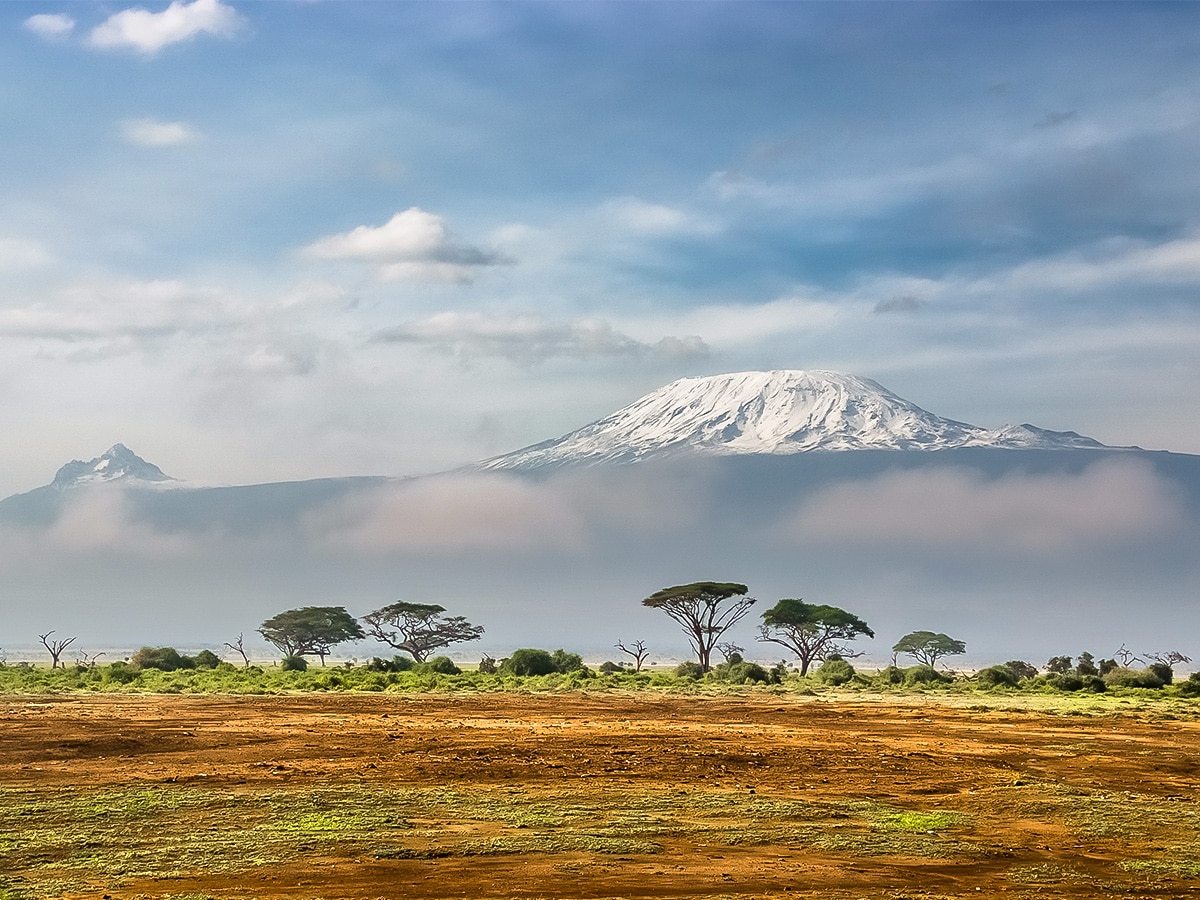
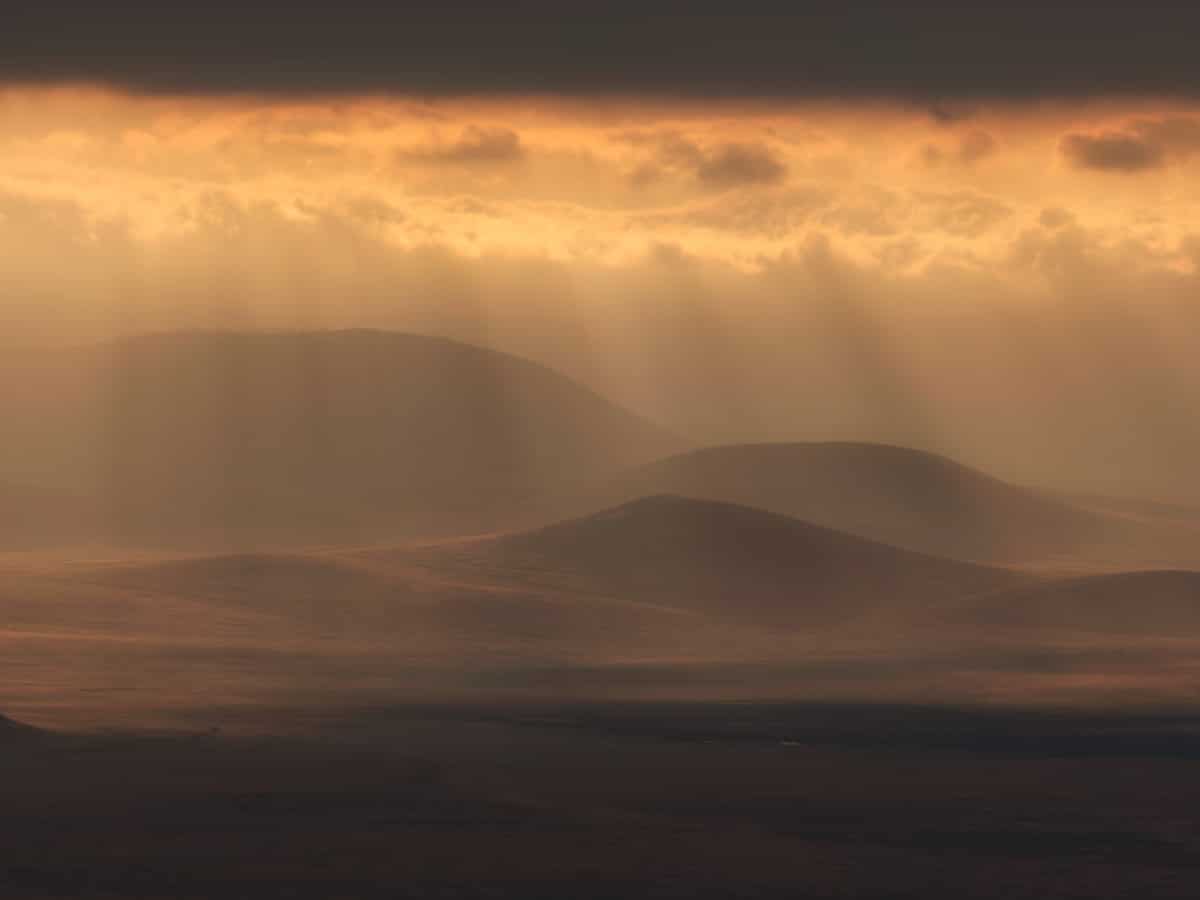
How to Pick the Best Tour Company When Climbing Kilimanjaro
When it comes to planning your Kilimanjaro hike, it is wise to book a Kilimanjaro tour in advance from a reputable tour company. We at 10Adventures Tours partner with some of the best local guides all over the world, and have great options for trekking tours around Kilimanjaro. We work with reputable companies that consider your personal safety and limitations, provide required trekking and camping equipment (of good quality), porters, skill level, best routes, scenic vistas, and more.
There are hundreds of Kilimanjaro tour companies operating and competing for market share, but there are only a dozen or so that you should trust with your life and money. With such a saturated market, choosing the right company can be difficult, which is why we are pleased to work with great tour operators at 10Adventures Tours!
Tip: Only book with tour companies who respect and fairly pay their staff and porters. A good way to check for this is to verify if your Kilimanjaro tour company is on the partner program list of the International Mountain Explorers Connection (IMEC) and also on the Kilimanjaro Porters Assistance Project (KPAP).
How to Prepare for Kilimanjaro
A good amount of preparation prior to any big adventure plays a big role in its success, but it can be difficult to fully understand how to prepare for a Mount Kilimanjaro summit trek when there are so many factors at play. The biggest things to consider are what to pack (more on that below), but also how to train your body, which travel documents to secure, understanding what health guidelines are in place, and ultimately which route up the mountain you should take.
Official sources, such as the Tanzanian Ministry of Health and the Embassy of the United States in Tanzania, offer plenty of resources and support for those looking to travel to the country, while there are plenty of training regimens available online that will help you to prepare for the long uphill climb and dizzying effects of the high altitude atop Africa’s tallest peak.
What to Pack for a Kilimanjaro Trek
When planning for a multi-day trek, whether it is in your home country or somewhere abroad, you will need to ensure that you have a concise packing list that will leave you sufficiently prepared, but not overly weighed down by excessive gear.
Creating a detailed packing list for Mount Kilimanjaro is no different, so you will need to ensure that you have all of your essentials like clothing, footwear, and general accessories accounted for. When it comes to sleeping equipment, your required gear could differ between tour operators, so make sure that you receive a list of all that is included in your tour before buying or packing anything unnecessary.
A strong duffel bag (80-90L) and a day pack (20-30L) will also be key to your success on the mountain, so make sure that you choose an option that is durable and comfortable. Additionally, you will need to ensure that you have all of your travel documents handy and should also plan on bringing some tech equipment to document some of your amazing journey!
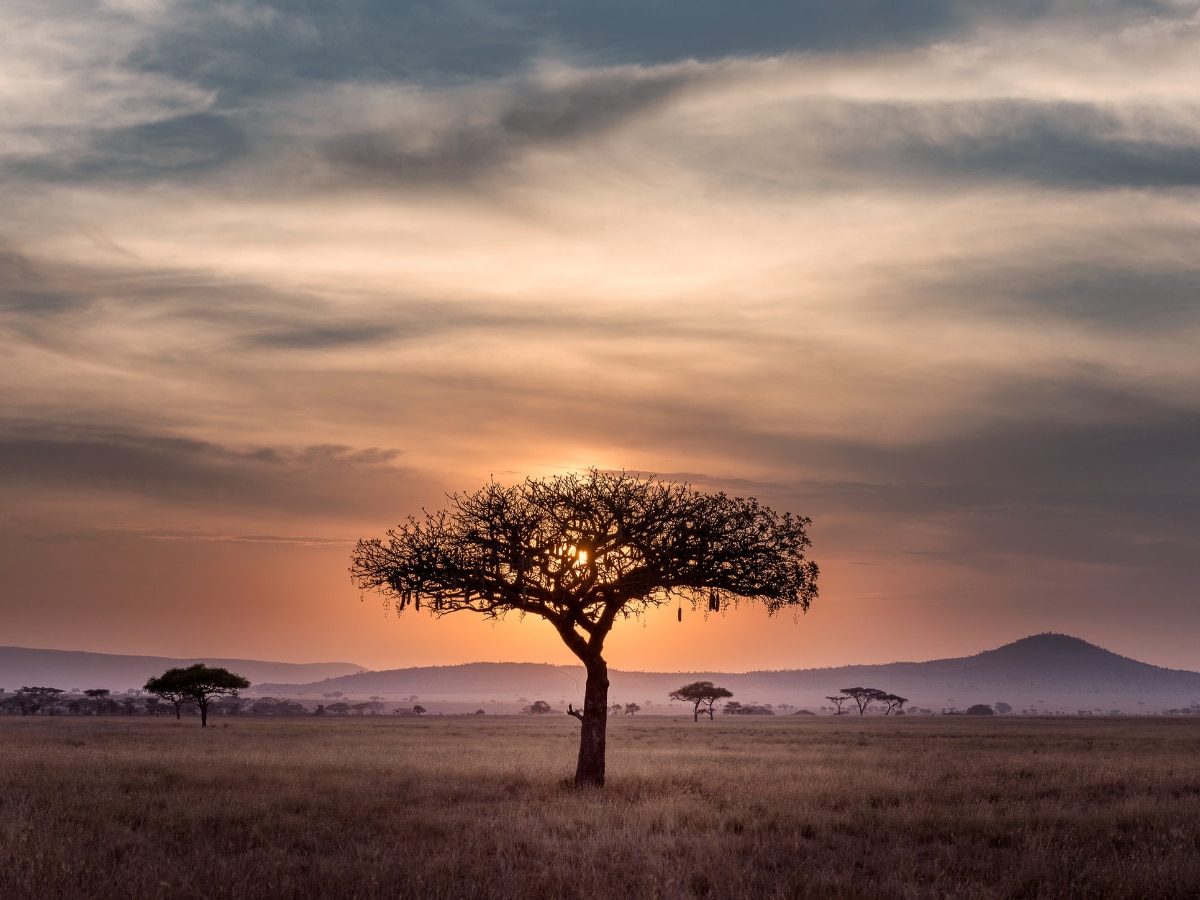

Frequently Asked Questions About Kilimanjaro
Here are the most frequently asked questions about climbing Mount Kilimanjaro that are helpful to know when planning your trip:
Who was the first person to climb Kilimanjaro?
The first people to successfully climb Mount Kilimanjaro were Hans Meyer and Ludwid Purtscheller in 1889.
How many people climb Mount Kilimanjaro each year?
Estimates range from 35,000 to 50,000 people, with that number expected to increase in the coming years.
What airport do you fly into if you want to climb Kilimanjaro?
The best airport to fly into to climb Kilimanjaro is the Kilimanjaro International Airport (JBO), located southwest of the Mount Kilimanjaro National Park. The nearest town is Moshi.

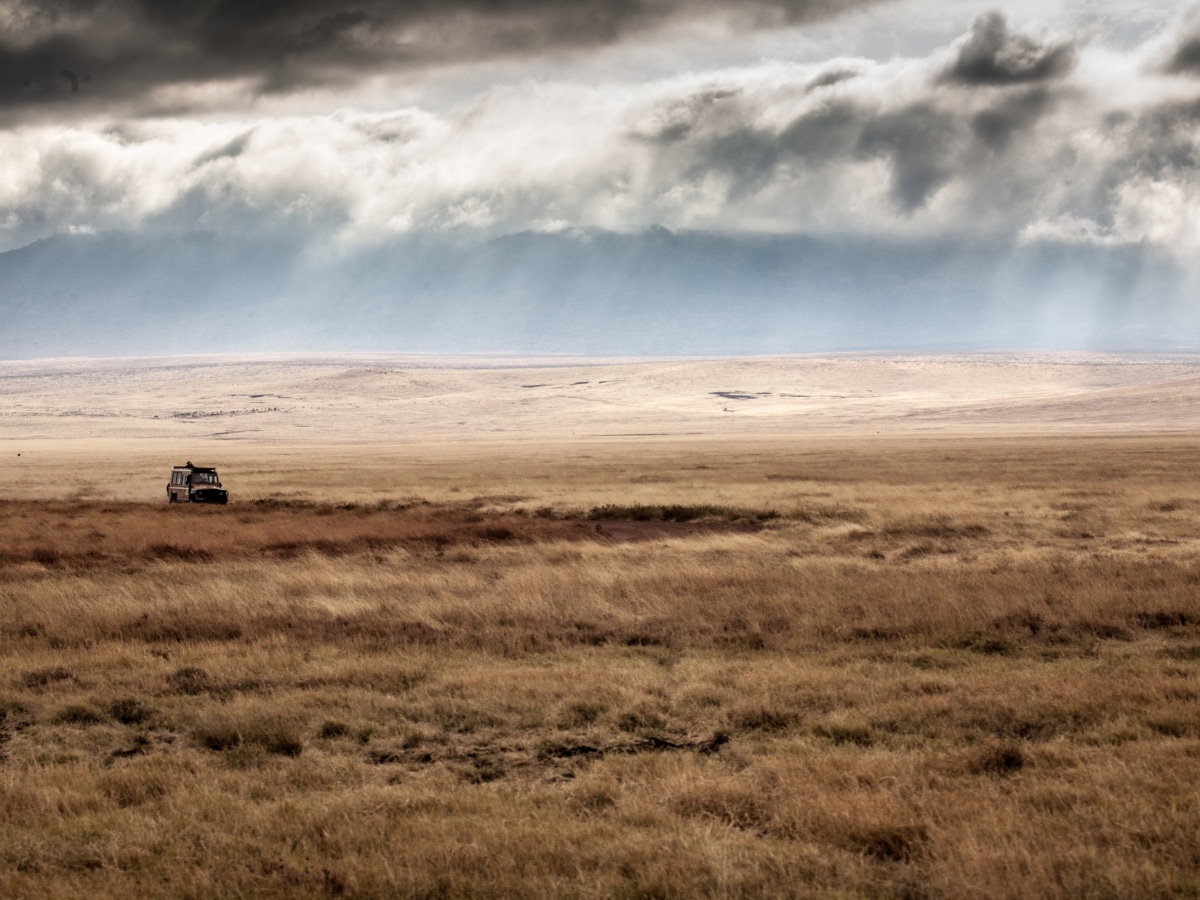
Should I book a tour to climb Kilimanjaro?
The easiest way to climb Kilimanjaro is to book a tour before you leave. Planning the logistics, ensuring there is space at camps and hiring all the necessary guides and porters is a lot of work, and you should budget a few days at minimum if you want to do it once you arrive in Moshi. You’ll also need to be more flexible with your dates if you book your trip once in Moshi. As with all tours, book your Kilimanjaro trek with a reputable tour operator to maximize your chances of success.
Is Mount Kilimanjaro a hike or a climb?
You need no technical mountaineering skills for many of the routes that ascend Kilimanjaro, which is good to know, especially for beginners. You do not need any mountaineering expertise in order to navigate a Kilimanjaro trek. However, while it’s only a hike, it is at high altitude, and the trail can be challenging, requiring the use of hands in some places.
How fit do I need to be to climb Kilimanjaro?
Due to the changes in altitude and switchback trails winding up the mountain, it’s advisable to have a decent, moderate level of fitness. Physical fitness isn’t the determinant factor for success however, as both a 7-year old and an 89-year old have been known to successfully summit Kilimanjaro. Rather, a successful climb is determined by your overall health, your body’s ability to adapt to altitude, and most importantly, a positive attitude.
Check out this feature article about a 68-year-old Colorado woman who does all the training and planning for an eight-day group tour of 11 guests with three guides and 33 porters. Her inspiring story takes a very unexpected turn when she reaches the top.
How many different climates does the Kilimanjaro trek cross?
You will cross at least 5 sub-climates to reach the summit. Mount Kilimanjaro is a world of its own, and as a free-standing mountain it has no neighbors. Yet, on its own it stands tall and proud with a ring of perpetual snow and ice at the top. To reach it, you must trek across several different climate zones, from hot, dusty desert all the way to the icy summit of Uhuru’s Peak. So pack wisely, and pack light, as there are weigh-in stations along the Kilimanjaro trek in order to control foot traffic and regulate how much climbers can carry.
How can I maximize my chances of summiting Kilimanjaro?
Choosing a trusted Kilimanjaro tour operator is your best chance at success. Of the many people attempting to climb Mount Kilimanjaro, estimates suggest that only 65-70% will actually make it to the summit. Many people underestimate the challenge of climbing Kilimanjaro. But with the right tour operator, those chances increase to over 90%. Since the market is competitive, be sure to do your research in choosing a trusted Kilimanjaro tour operator who will both challenge you, but keep your health and safety a priority.
Ultimately, climbing Kilimanjaro is a once in a lifetime achievement for most people. While getting to the top of Kilimanjaro is no easy feat, it is a remarkably satisfying experience for all those who attempt it!
-
Kilimanjaro Article Series
Check out our series of articles on how to climb Mount Kilimanjaro to discover how you can plan a perfect Kili Climb!
Planning for Trekking Kilimanjaro
- Guide to trekking Kilimanjaro
- How Hard is climbing Kilimanjaro?
- How to Prepare for Mount Kilimanjaro
- What to Pack for trekking Mount Kilimanjaro
- When to climb Mount Kilimanjaro?
Choosing which Route on Mount Kilimanjaro
Book a Tour to Kilimanjaro
Check out this selection of great tours to Kilimanjaro region, whether you want to climb the peak, or explore this beautiful and diverse area by bike.


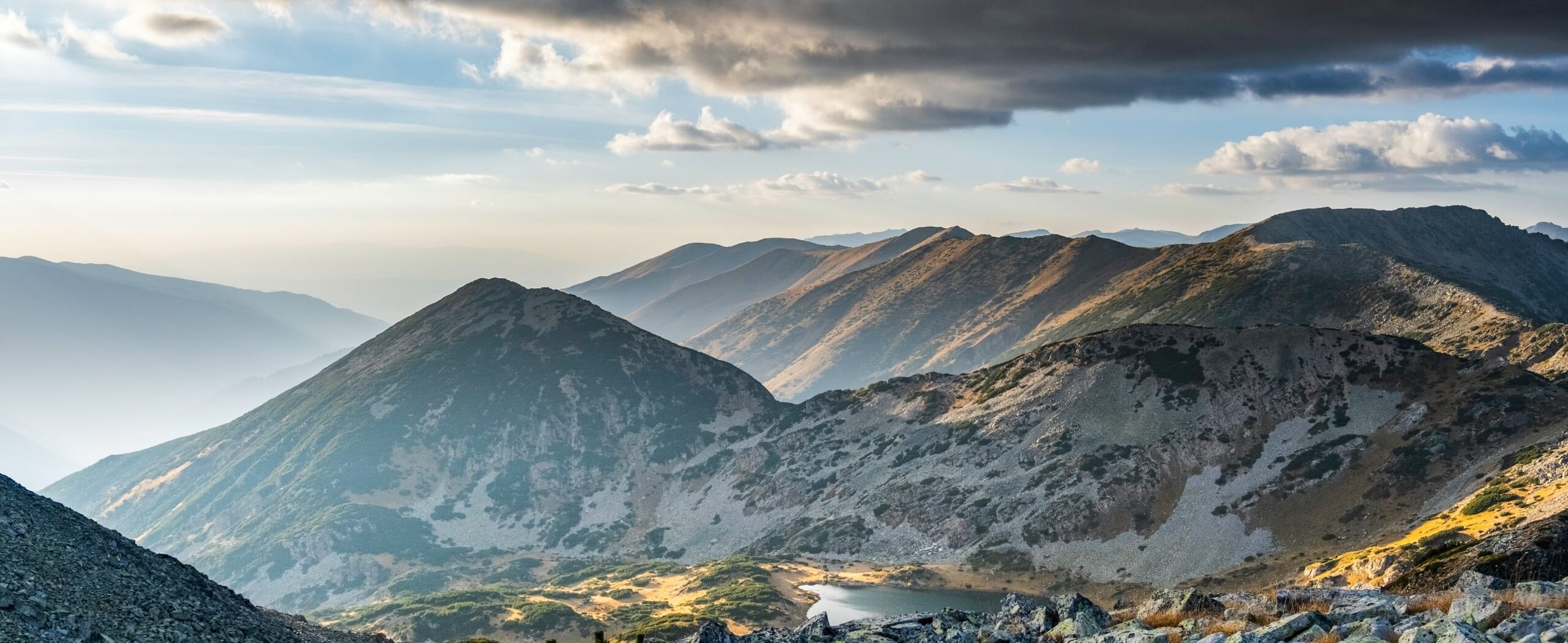
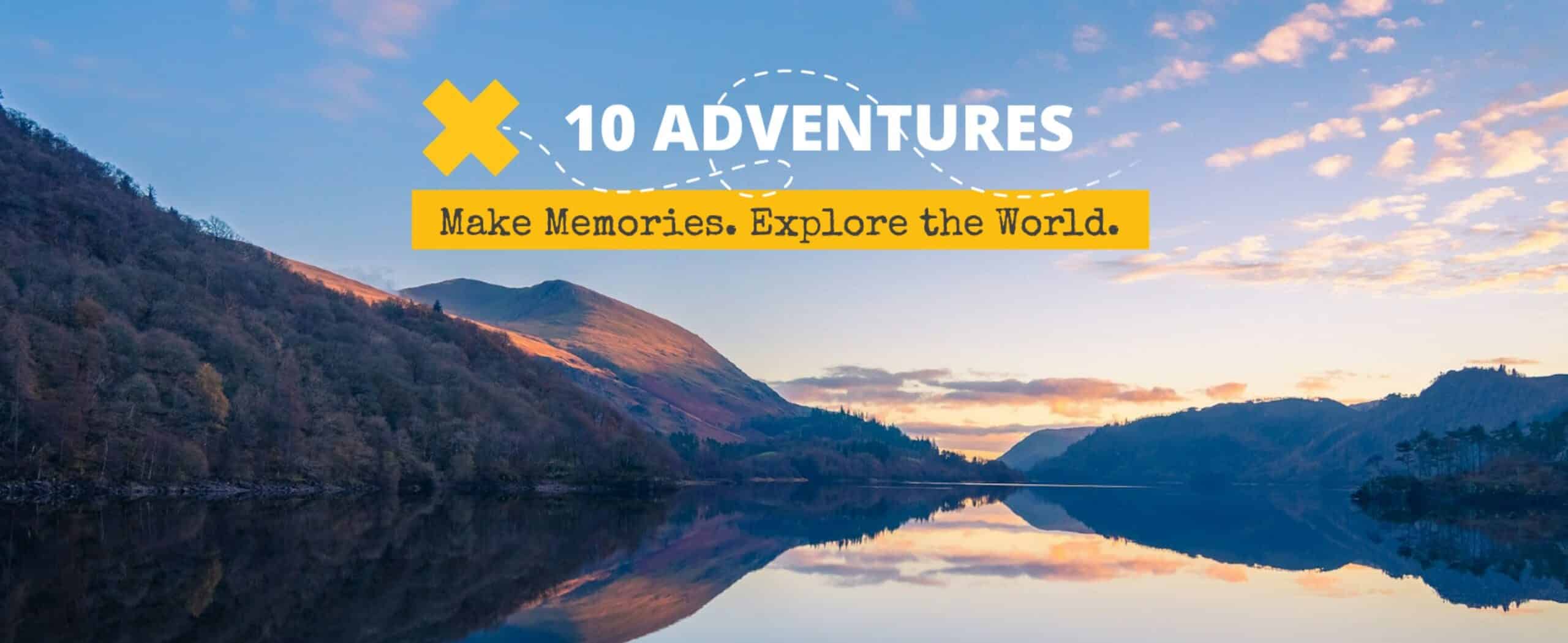

Comments